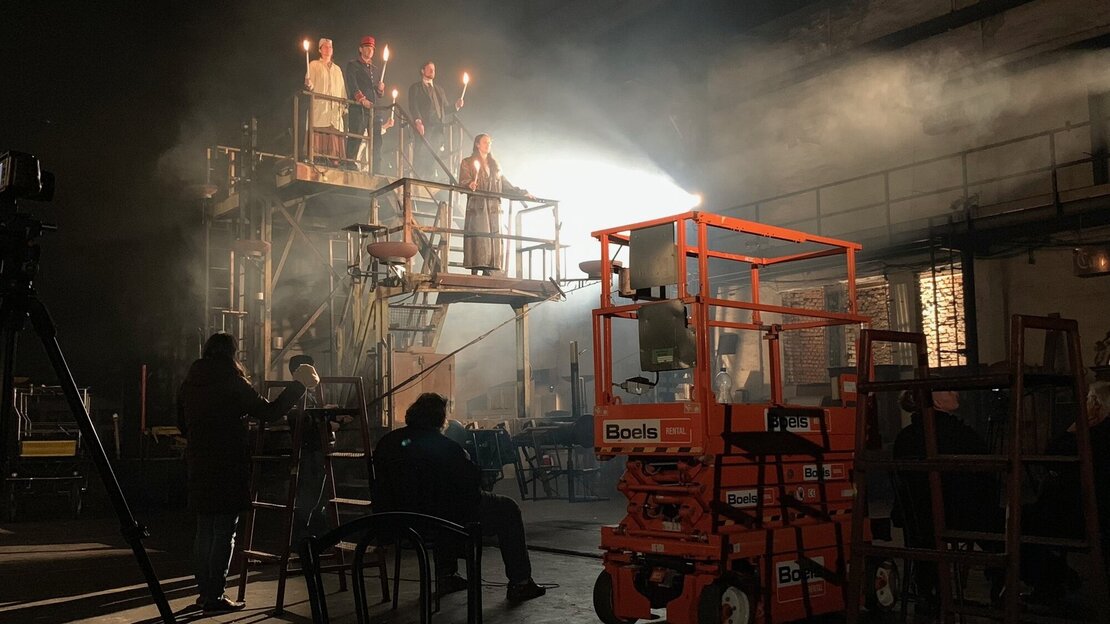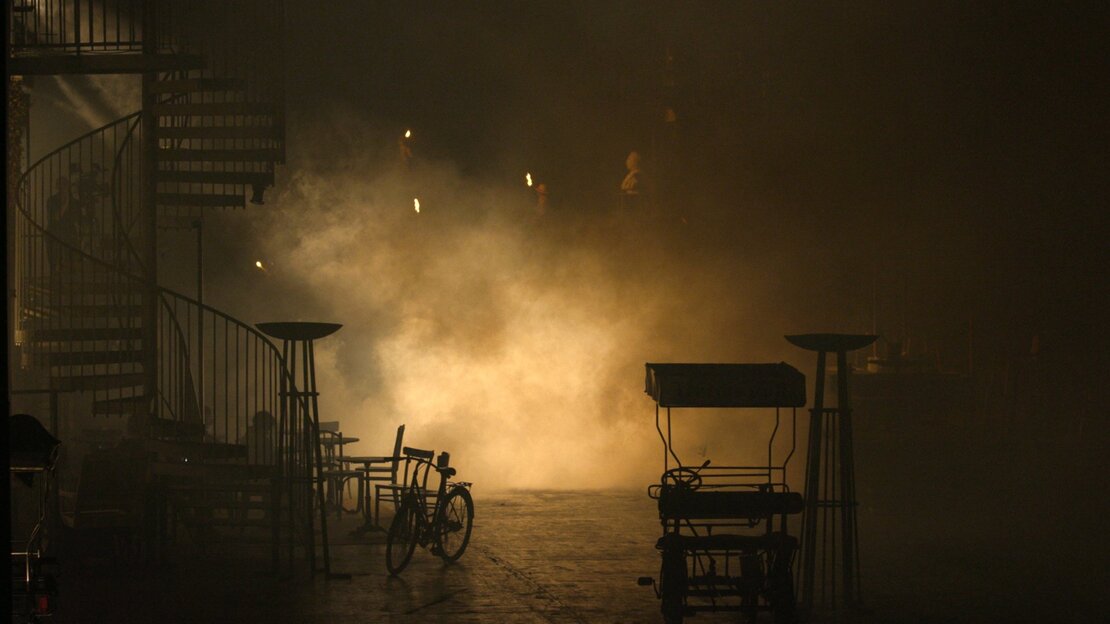The Last Days of Mankind
To understand the First World War, says Karl Kraus expert Katharina Prager, you should have seen or read the play The Last Days of Mankind. To understand how Europe — and later the world — slid into that war, one must listen to historians. Yet today, barely a century later, we again find ourselves facing war on European soil — the conflict between Russia and Ukraine.
In his cinematic essay, director Wolfgang Ritzberger examines the disturbing parallels between the prelude to World War I and the geopolitical crises of the present. Building on Kraus’ prophetic text, the film explores how nationalism, propaganda, and media manipulation continue to shape the collective consciousness — then through printed newspapers, now through algorithms and social media.
Historians and military experts agree: history does not repeat itself, but its mechanisms return. Just as in 1914, when few imagined that the Austro-Hungarian Empire and the German Reich would soon vanish, today we ask again: are we standing at the edge of another global conflict?
Scenes from The Last Days of Mankind, filmed during performances in the historic Serbenhalle in Wiener Neustadt, form the backbone of the film. Combined with expert interviews, archival material, and AI-generated visual sequences, they connect past and present — revealing how Karl Kraus’ century-old warning against propaganda and moral blindness still echoes today.

